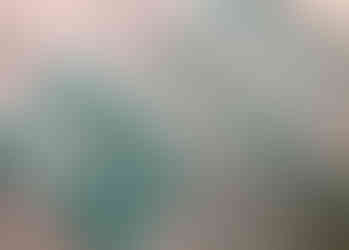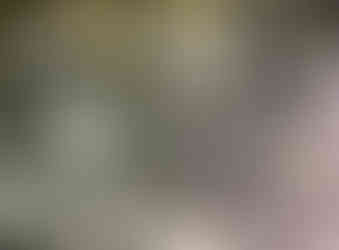Moldable Stamps
- Janet Scruggs
- Aug 31, 2021
- 2 min read
Updated: Sep 1, 2021

Moldable stamps have been around for many years. They have been sold under the name Magic Stamp (Pro Chem and other retailers) and are resurfacing and reformulated as a scrapbooking tool produced by Ranger called Simon Hurley Stamping Foam. This type of foam is similar to the foam used in flip flops, some types of packaging foam and yoga blocks, and these can be used instead. The foam is smooth, not rock hard, but it has some give to it when pressed with fingers. The "magic" happens when the block is heated and then pressed onto a textured object. This creates a stamp that can be used on paper and fabric with paint and inks. The impression stays until the foam is reheated.
As one can imagine, the possibilities are endless. Here's a list of just some of the things that could be used to create impressions in the foam block:
rubber bands
corn on the cob
doilies
corrugated cardboard
whisks
grids
string
buttons
embossing folders and texture plates
weeds or other plants (don’t pick until that morning though)
stamps - to create a negative image of the stamp
wood blocks - again to create a negative image
cheesecloth, burlap or other textured cloth
string
craft sticks, round or flat
spools from thread
zipper pulls or zippers
clothes pins
washers
paper clips
spices like cloves
crackers or cookies Just remember any words will be backward.
texture plates; rubbing plates
aluminum foil scrunched
dominoes
knitted piece
baskets or woven placemat
safety pins
bark
gears
old jewellery pendants and earrings
How to use them:
To use these just heat the foam with either a heat gun or blow dryer. Then press the objects into the foam for about 15 seconds or until it cools. The best way to get an impression is lay your objects on the table and press the block on top of the objects. The stamp is ready to use and can be inked with a brayer of flat sponge. Once finished with that stamp, simply clean it off, reheat and press it onto something else.

Things I've learned about using these stamps:
Test them on paper first. The images on fabric are more diffuse, not as crisp, so a stamp with tiny writing does not translate well onto fabric.
I found that I wanted images that weren't showing the hard rectangle edges, so I used a pair of scissors to randomly clip off the edges. This is shown in the photo of the stamps above.
A brayer works best for applying ink or paint to the stamp. I really liked the look I got by putting a couple of colours of fabric paint onto palette paper and then blending them with the brayer before rolling it over the stamp.
Layering and merging edges, especially the random cut edges, works well.
Printing second and third images give a "breakdown printing" effect on the fabric.
If stamping on white fabric, one can go back and use a watercolour wash over the whole fabric for a more blended look.
These are a great way to freshen up old batik and other printed fabrics.
I was initially surprised by the creative opportunities these present, especially in conjunction with other surface design techniques. They really are a great tool to have in your toolbox.
Here are some photos of some of the stamps I created and used:
































Comments